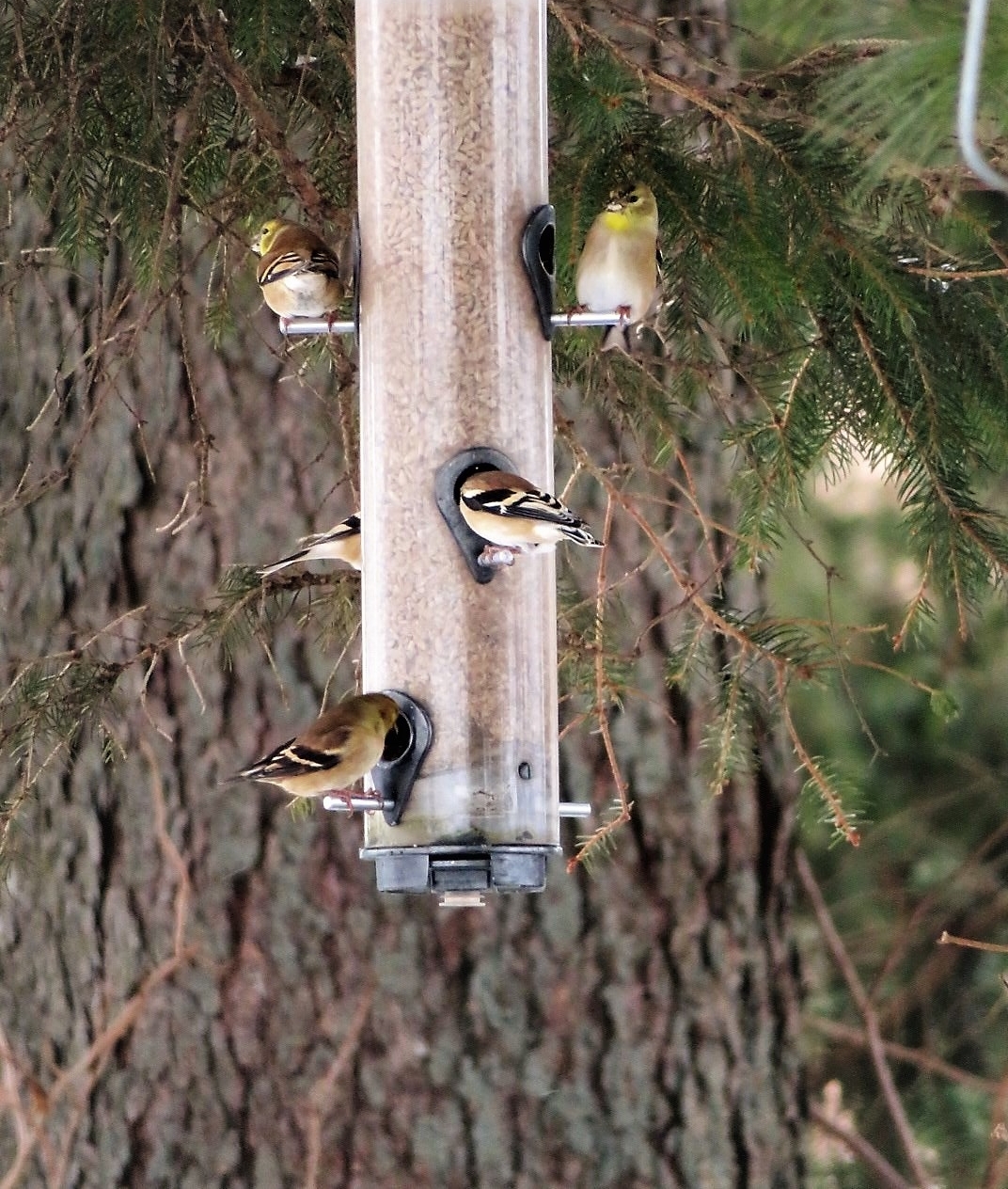A Muskrat House from a Muskrat Perspective, Photography by Drew Harry
“The wonderful thing about muskrats in my book is that they cannot see very well, and are rather dim, to boot. They are extremely wary if they know I am there, and will outwait me every time. But with a modicum of skill and minimum loss of human dignity, such as it is, I can be right “there,” and the breathing fact of my presence will never penetrate their narrow skulls.” —Annie Dillard from Pilgrim at Tinker Creek
Faville Marsh moat, showing the band of ice on the periphery, Photography by Drew Harry
It's hard to know a mammal that's hardly seen, but then again it's hard to know most wild mammals. Birds are easier with songs and calls, less likely to disappear underwater, like a muskrat. Perhaps flight makes birds less wary of being seen, but then again a bird always seems to fly away just before one catches a marker of identification.
I've had a few chance encounters with muskrats, but they appear on the fringes and vanish underwater within seconds. I've chased them in kayaks, only for the muskrat to amble through the water, up a bank, and out of site, as if I were no more concern than a fall breeze.
In winter, muskrats take center stage. Faville Marsh's peripheral moat is covered with muskrat houses. Trapped under the ice for the winter, these muskrats become as evident as walruses atop the ice. Yet they remain unseen.
Sphagnum used for insulation, Photography by Drew Harry
Each lodge houses on average five muskrats, and can house up to twenty. High overwintering densities of 35 muskrats per acre have been recorded. The density helps keep muskrats warm over winter, along with their rich walnut fur coat. Another method is the use of sphagnum in the construction of their houses. Here, the muskrats parallel the people of the Russian Taiga who insulate their winter hunting cabins with sphagnum.
Muskrats follow the ecological rule of bigger litter sizes in higher latitudes. Wisconsin muskrats average two litters of 14-15 offspring per year and will mate from early spring until fall. Remarkably, it is estimated that 87% of a population will die in the first year, with only 2% surviving past year two.
Muskrats cycle in 10-14 year periods, and it seems that they respond to water level fluctuations. Drought and disease can decimate populations, whereas high water years can see exploding populations. It's difficult to know for sure, but perhaps the wetter than normal fall this year bolstered the population of muskrats at Faville Grove.
Otter tracks featuring Drew's Glove for scale, Photography by Drew Harry
I've noted a few sets of tracks leading out from muskrat houses, often considerable distances. Typically muskrats will wait under the ice all winter, ranging a mere five meters from their house, feeding on stored cattails and bulrushes in their lodge and pondweed and arrowhead beneath the ice. It's possible that these muskrat wanderers were booted from the house and forced to find shelter elsewhere. These exiled muskrats will often make shelter in the dens of other mammals.
Muskrats need water in winter to feed and drink. A cover of ice is desirable for cover from predators and for insulation. The ice also can come crashing down on a population. If the ice freezes through, the muskrats will wander elsewhere, vagabonds for the mink, coyotes, bobcat, foxes, and owls. Faville Marsh presents an interesting study because the water depth is no more than three feet, and one would presume this moat would freeze through. However, within Faville Marsh's complex of tamarack are groundwater seepages. This relatively warm groundwater does not freeze, and may provide aquatic habitat for muskrats.
Written by Drew Harry, Faville Grove Land Steward



















